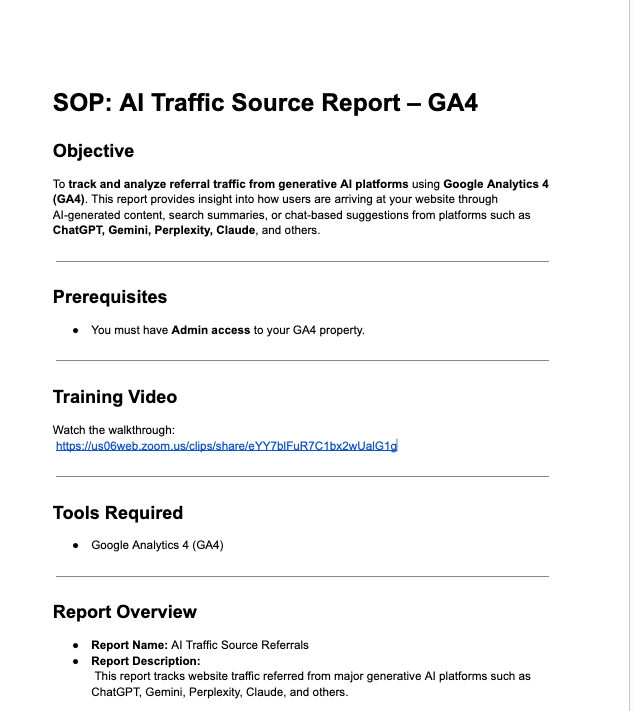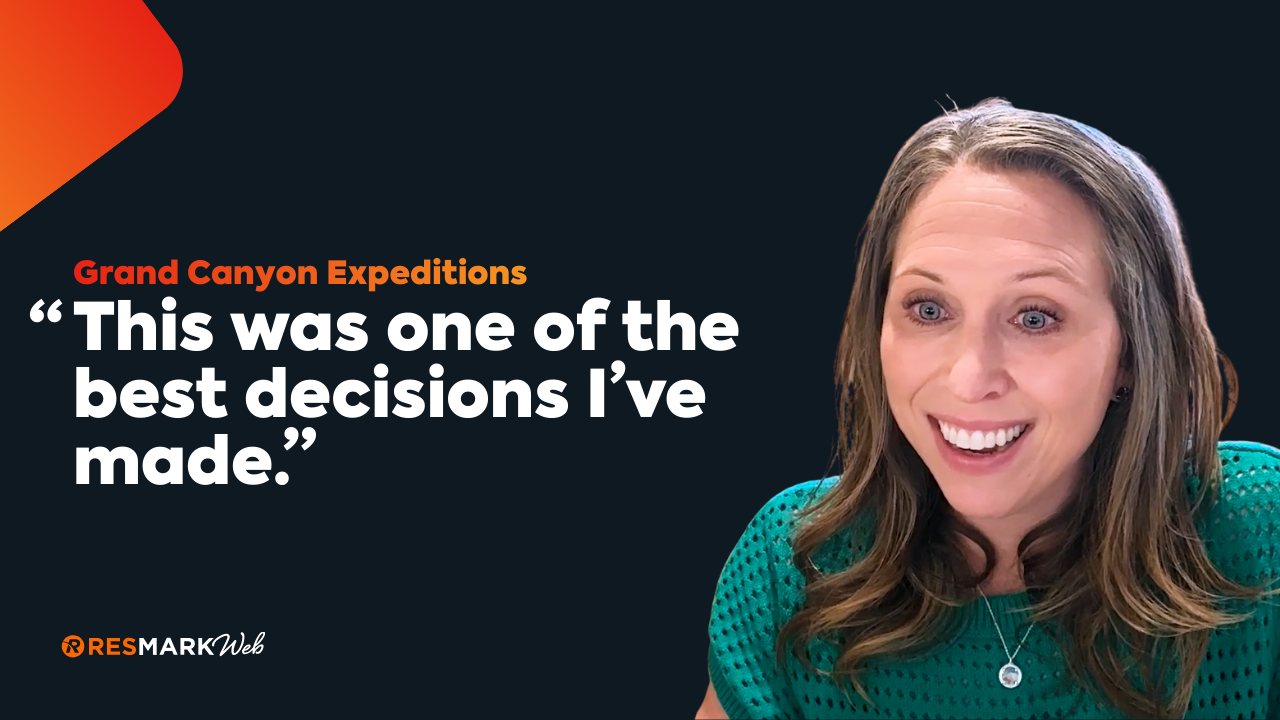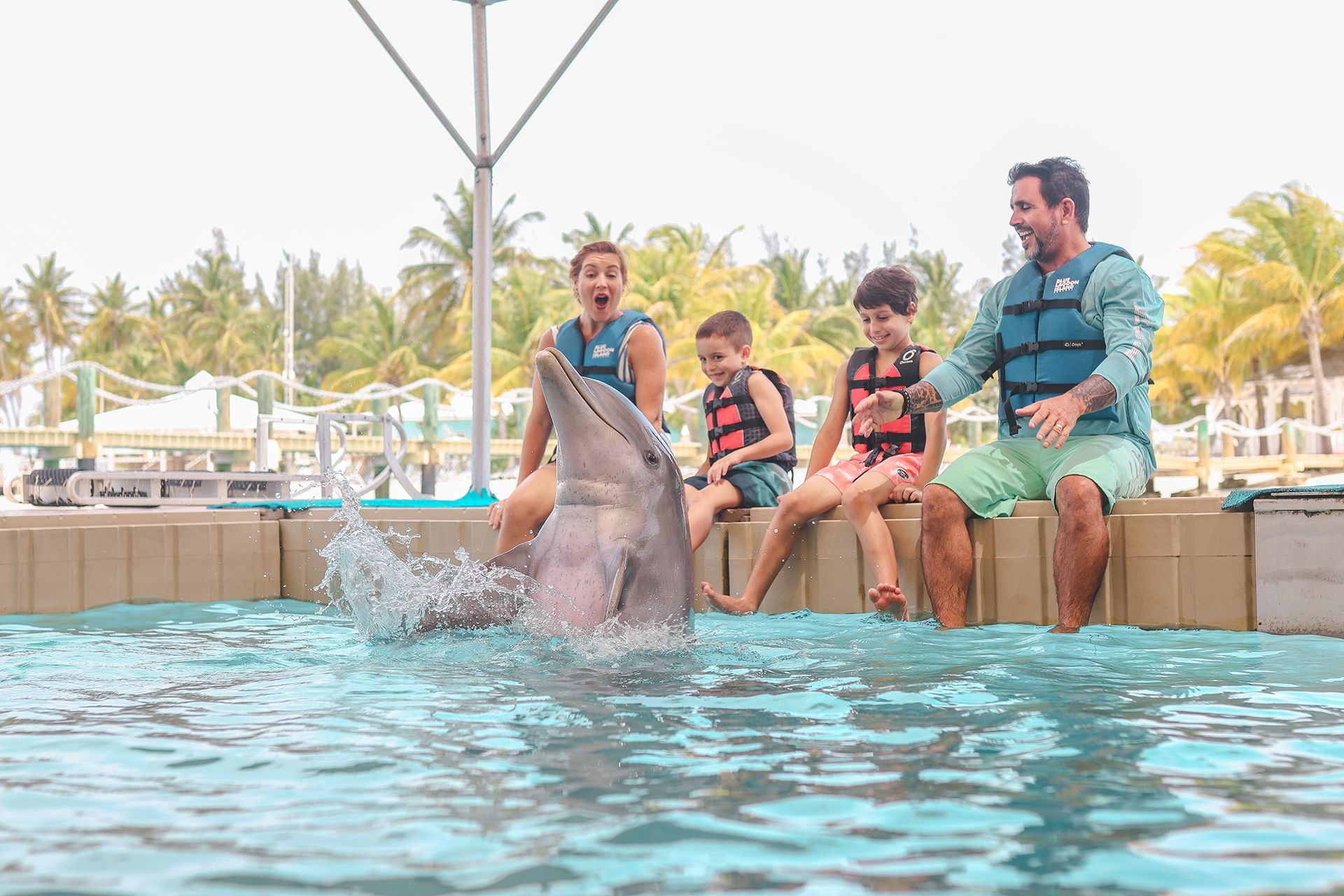How AI Search Is Reshaping the Customer Journey for Tour Operators
In the summer of 2025, I traveled to Tanzania to hike Mount Kilimanjaro. Like most people planning a bucket-list adventure, I needed to choose a tour operator. But here’s the important part: instead of going to Google for my initial research, I went straight to ChatGPT.
Within minutes, AI helped me compare options, explore itineraries, and even understand costs. While I briefly checked a company’s website, Google Business Profile, and social media, most of my decision was made inside ChatGPT. That was the moment I realized just how much the AI customer journey has shifted and why tour operators cannot afford to ignore it.
This blog will break down what is happening in AI search, why it matters for your business, and what you can do today to stay visible in this new reality.
What the AI Customer Journey Looks Like Today
Traditionally, the customer buying journey looked something like this:
- Inspiration on Instagram or YouTube
- Research through Google searches, blogs, and TripAdvisor
- Narrowing down operators through reviews and pricing
- Finally, booking
That process could take weeks. In the age of AI, travelers can condense the entire buying cycle into a single chat.
Here is how the AI customer journey map works in practice:
- Asking phase – A traveler types:
“What are the best Kilimanjaro trekking companies?”
- Doing phase – They follow up with:
“Create a 7-day Kilimanjaro itinerary with acclimatization days.”
- Deciding phase – They ask:
“Compare Company A vs. Company B based on reviews and inclusions.”
In less than 20 minutes, they have moved through what used to be a month-long purchase journey.
The question is: will your tours appear in those AI answers?
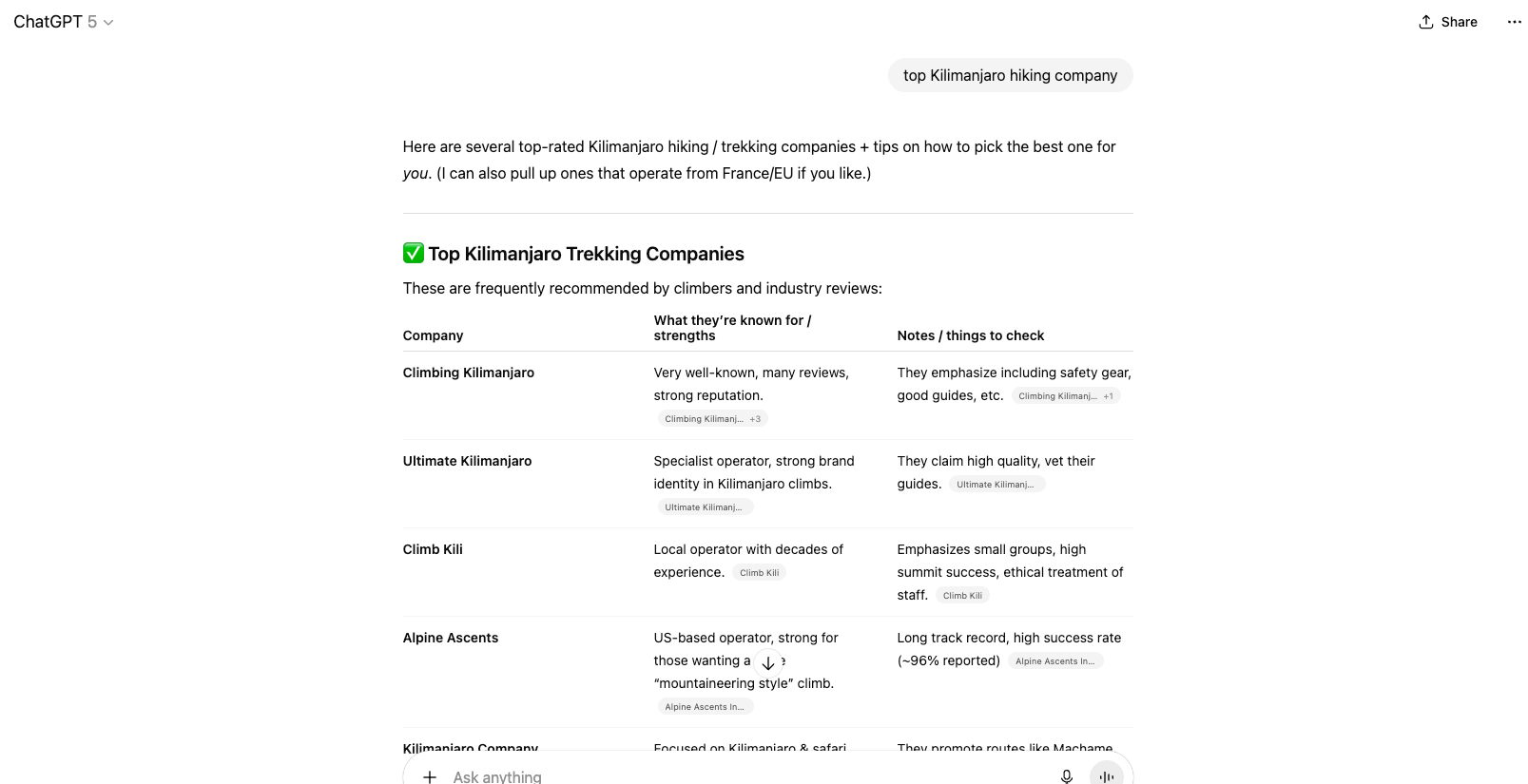
The Three Types of AI Queries Travelers Use
SEO expert Nathan Gotch recently analyzed data from ChatGPT’s 700 million weekly active users. He identified three types of queries that matter for businesses:
1. Asking (49%)
Questions like “Best rafting tours in Moab” or “Best family-friendly hikes in Zion National Park”.
- Gold for tour operators
- These trigger ChatGPT to retrieve fresh, relevant information
- If your content ranks for these queries, AI is more likely to recommend your tours
2. Doing (40%)
Prompts like “Plan a 10-day Costa Rica itinerary with ziplining and cultural tours.”
- Travelers compress the entire buyers journey into one chat
- If you are not visible, you may never even be considered
3. Expressing (11%)
Casual role-play or entertainment queries. Fun, but not useful for marketing.
Prompts like
“Imagine we’re on a safari in Tanzania. Describe the lions we see in detail.”
Why This Matters for Tour Operators
AI is not just replacing a few Google searches. It is changing how travelers make decisions. The customer journey sales funnel is being shortened and simplified.
In the past, operators had multiple opportunities to get in front of a potential guest through ads, blogs, YouTube videos, and TripAdvisor. In the new world, the number of touchpoints is shrinking.
As a result:
- If you appear in AI answers, you gain brand awareness and trust immediately.
- If you do not, you may never even show up in the traveler’s buyer journey mapping.
The opportunity is not just in traffic from AI platforms. The real win comes when travelers leave AI with your name in mind and head to Google to type:
“Costa Rica Travel Experience reviews” or
“Moab Adventure Center tours.” Branded searches consistently convert at higher rates than generic ones.
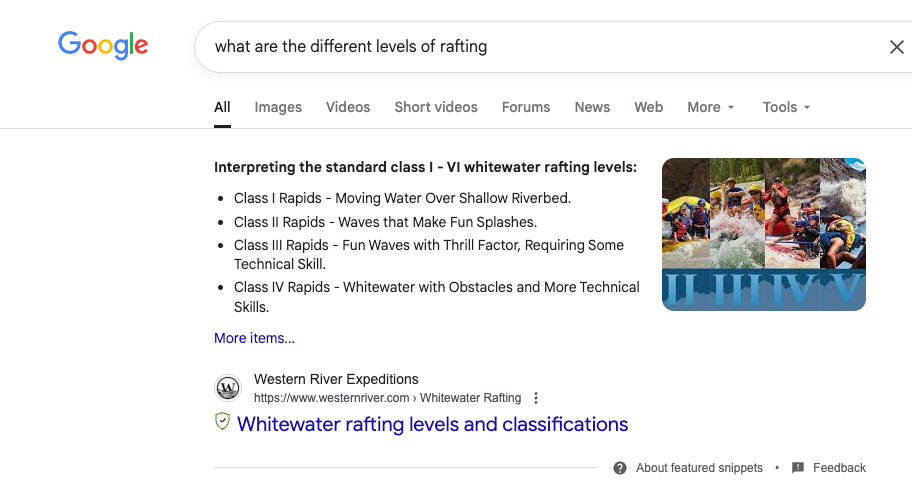
How to Increase Brand Authority in AI-Driven Customer Journeys
So, how can your tour business stay competitive? Here are four steps:
1. Prioritize “Asking Intent”
Use Google Search Console to uncover the types of questions travelers are already asking about your destination or tours.
A simple trick is to apply a regex (regular expression) filter so Search Console only shows queries that contain commercial-style words like best, compare, alternatives, pricing, and near me.
Here is an example regex pattern you can paste directly into Search Console:
^(what|which|who|where|when|why|how)\s.*(best|top|compare|comparison|alternatives|vs|reviews?|pricing|cost|cheap|affordable|near me).*
This filter will show you real questions people type into Google that signal strong travel intent.
Examples you might find:
- “best rafting tours in Moab”
- “compare Costa Rica tour companies”
- “alternatives to Viator for booking tours”
- “cost of Kilimanjaro trek”
Once you see which questions are coming up, you can update your site, blogs, or even videos to directly answer them.
2. Mirror the Traveler’s AI Journey
Travelers ask sequential questions: “Best family adventures in Utah” then “Compare Moab Adventure Center vs XYZ.”
- Have content that matches each step.
- Use blog posts, destination guides, and comparison pages.
- Extend this into YouTube or LinkedIn, since AI often pulls from multiple sources.
3. Enhance Existing Content
Do not flood your site with thin posts. Instead, strengthen your top-performing pages by weaving in high-value queries.
4. Track Brand Performance in AI-Driven Customer Journeys
Just as you track Google rankings, begin testing and measuring if your brand appears in AI-generated results. Free methods using Looker Studio, Analytics, and Search Console can give you visibility into your progress. We even created an SOP to help you set up your AI traffic source.
Check it out here.
How Much of the Buyer’s Journey Is Digital?
For years, we have heard statistics about how 70 to 80 percent of the B2B buyer journey happens before talking to a salesperson. In travel, that percentage is even higher. The b2b buyer journey statistics remind us that decision-making is digital first and now, AI first.
Your potential guests are not starting with a phone call. They are starting with AI platforms. That is why mapping your presence along the
customer buying journey is critical.
Building Your Own AI Customer Journey Sales Funnel
Think of AI as a new layer of the customer journey sales funnel. To capture attention:
- Position your tours as answers to “best” and “compare” style questions
- Publish itineraries and guides that align with “doing” queries
- Share stories, videos, and testimonials that reinforce authority
By doing so, you are not just chasing clicks. You are building lasting visibility and authority inside AI platforms.
The Future of the Purchase Journey in Tourism
The big shift is clear: the buyer’s journey is compressing. AI is guiding travelers through inspiration, research, and decision-making in record time.
Tour operators who adapt now will be the ones showing up when a traveler asks,
“What is the best tour in my destination?”
What is the AI customer journey in tourism?
It is the new way travelers research and book tours, where much of the decision-making happens inside AI platforms like ChatGPT instead of Google or TripAdvisor.
How can tour operators increase brand authority in AI-driven customer journeys?
Focus on creating content that answers “best,” “compare,” and “pricing” queries. Publish itineraries and comparison content that AI can surface.
How much of the buyer’s journey is digital in travel?
Nearly all of it. Most travelers make their decisions online before contacting an operator, and AI is accelerating this shift.
What tools can I use to track brand performance in AI-driven customer journeys?
Google Search Console, Analytics, and Looker Studio can help you monitor whether your content appears in AI-driven results.
Should I still invest in traditional SEO if AI is taking over?
Yes. AI pulls heavily from existing search-optimized content. The stronger your SEO foundation, the more likely AI will recommend you.
Does this mean OTAs like TripAdvisor and Viator do not matter anymore?
No. OTAs are still influential, but direct AI visibility helps you compete for direct bookings.
Ready to Adapt?
At Resmark, we help tour operators build strategies that make them visible in AI and search. If you want to dive deeper into generative AI and SEO for tourism, check out our Generative SEO Tourism Workshop.
Or, if you are ready to put it into practice, join our AI Marketing Workshop for step-by-step training tailored to tour operators.

